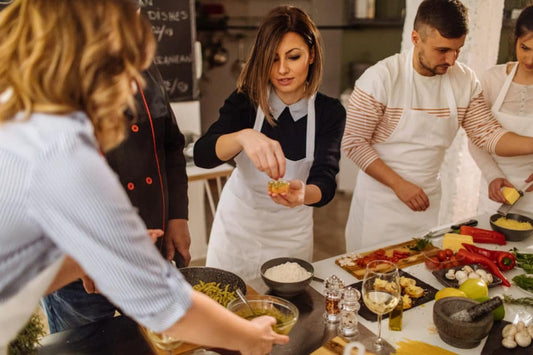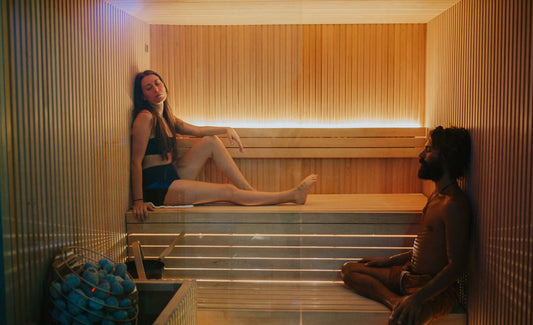Attending a horse show demands more than just a love for horses; it requires understanding the dress code, which reflects both the elegance and the practicality necessary for such events. Proper attire not only ensures you look the part but also enhances your comfort and performance, whether you're competing or spectating. This guide delves into what to wear at a horse show, focusing on both riders and spectators, with considerations for various levels of competition and types of shows.
Understanding Horse Show Attire
Horse show attire is a blend of tradition and functionality. The dress code can vary depending on the level of competition, the discipline, and whether you are a rider or a spectator. Regardless of these variables, the general aim is to project professionalism, respect for the sport, and a polished appearance.
Rider's Attire for Horse Shows
1. Competition Attire
Headgear
- Helmet: A certified riding helmet is mandatory. It should be well-fitted, in good condition, and conform to the safety standards set by the competition's governing body. Helmets typically come in black or dark colors for a classic look.
- Hairnet: For a clean and polished appearance, women should wear a hairnet to tuck in loose hair.
Jackets and Coats
- Jacket Colors: Classic colors include navy, black, or dark grey. For certain disciplines like dressage or show jumping, the jacket may be required to be a specific color or style.
- Fit and Style: Jackets should be well-fitted, tailored to the rider’s shape, and feature a single-breasted design. The jacket should be long enough to cover the hips and fit comfortably over the shirt and vest.
Shirts and Vests
- Shirts: A long-sleeved shirt with a high, stiff collar is traditional. White or light-colored shirts are commonly worn. For certain shows, a white or light blue competition shirt with a stock tie or a choker is required.
- Vests: In some disciplines or informal events, a vest may be worn over the shirt. It should match the jacket in color and be well-tailored.
Breeches and Trousers
- Colors: Breeches are typically beige, white, or light grey. They should complement the jacket and not be too tight or too loose.
- Fit: Breeches should be form-fitting, allowing for maximum comfort and flexibility while riding. They often have reinforced patches on the knees for better grip.
Footwear and Spurs
- Boots: Black or brown tall boots are standard, polished and in good condition. They should be tall enough to cover the rider’s knees.
- Spurs: Spurs may be worn, but they should be of a standard length and not cause discomfort to the horse.
Gloves and Accessories
- Gloves: White or black gloves are standard for most disciplines. They should be made of a flexible material that allows for good grip and comfort.
- Accessories: Minimal jewelry is recommended. A classic watch and simple, understated pieces are acceptable.
2. Warm-Up and Training Attire
Casual Yet Professional
- Jackets: For warm-ups, a less formal but still professional jacket may be worn. It should be comfortable and suitable for the weather.
- Shirts: Polo shirts or performance tees in neutral colors are often used during practice sessions.
- Breeches: You may choose more casual breeches or riding tights that offer comfort and flexibility.
Footwear
- Boots: While tall boots are still preferable, paddock boots with half chaps can be used during warm-ups and training.
Spectator's Attire for Horse Shows
1. General Guidelines
Dress Code
- Smart Casual: For spectators, smart casual attire is typically appropriate. This includes collared shirts, blouses, dress trousers, and smart shoes.
- Comfort and Practicality: Wear comfortable clothing that allows for ease of movement and is suitable for the weather conditions. Consider layers if the weather changes during the event.
Footwear
- Comfortable Shoes: Opt for comfortable shoes that can handle walking and standing. Closed-toe shoes or boots are preferred, especially in muddy or grassy areas.
- Practical Choices: If the event is held outdoors, waterproof or sturdy footwear may be necessary.
2. Formal or High-Profile Events
Dress Code
- Semi-Formal Attire: For high-profile or formal events, semi-formal attire may be required. This includes dresses, skirts, or tailored trousers for women, and suits or blazers with dress trousers for men.
- Elegance: Choose classic and elegant pieces, avoiding overly casual attire like jeans or sneakers.
Accessories
- Hats and Fascinators: At some prestigious events, such as Royal Ascot, headwear like hats or fascinators is a traditional and stylish choice.
- Handbags: Opt for a structured handbag or clutch in neutral or complementary colors.
3. Weather Considerations
Rainy Conditions
- Rain Gear: If the forecast predicts rain, bring a waterproof jacket or poncho. Waterproof footwear is also advisable.
- Umbrellas: A compact, sturdy umbrella can be useful, but be mindful of others' view and the event's rules regarding umbrellas.
Hot Weather
- Light Fabrics: Choose lightweight, breathable fabrics to stay comfortable. Sun protection like hats and sunglasses can be beneficial.
- Layering: Dress in layers that can be easily removed if temperatures rise.
Special Considerations and Tips
1. Understanding the Event
Dress Code
- Event Type: Different types of horse shows may have specific dress codes. Research the event's requirements and adhere to them.
- Formal vs. Informal: Adjust your attire based on whether the show is a formal competition, a casual schooling show, or a social event.
2. Comfort and Practicality
Seating and Viewing
- Seating: Ensure your attire is suitable for the type of seating available. Dress comfortably to enjoy the event fully.
- Mobility: Wear clothing and shoes that allow you to move freely and comfortably, especially if you plan to walk around or stand for extended periods.
3. Adhering to Rules
Event Guidelines
- Compliance: Adhere to any specific rules or guidelines set by the event organizers regarding dress code or attire.
- Respect and Courtesy: Dressing appropriately shows respect for the competitors, organizers, and the sport itself.
Conclusion
Attending or competing in a horse show requires thoughtful consideration of attire, balancing traditional elements with personal style and practicality. For riders, wearing the correct competition attire ensures safety and adherence to regulations while showcasing professionalism. Spectators, on the other hand, should aim for smart casual or semi-formal outfits that offer comfort and respect for the event's formality.
By understanding and following these guidelines, you contribute positively to the event's atmosphere and ensure a memorable experience, whether you are in the saddle or cheering from the sidelines.


